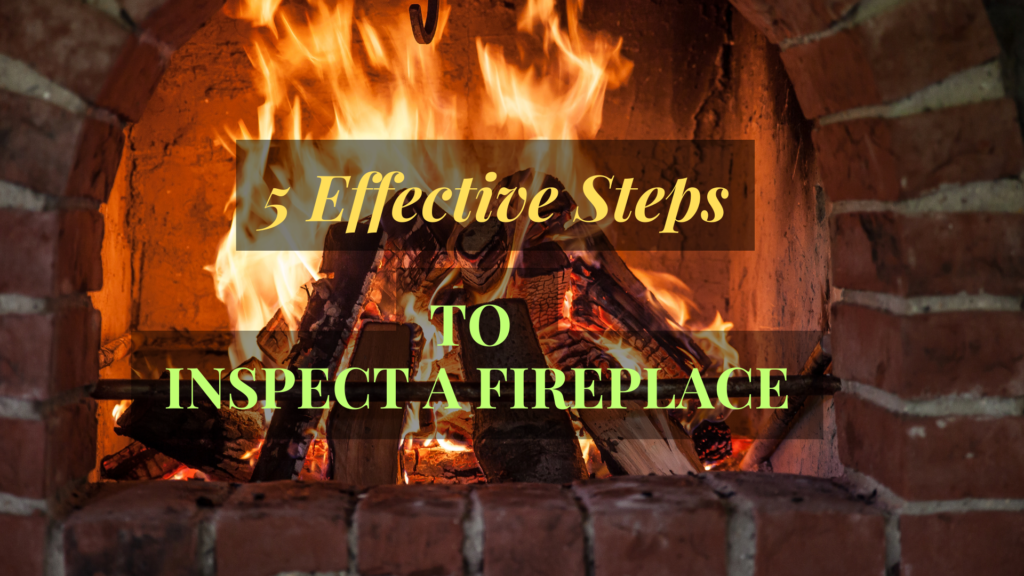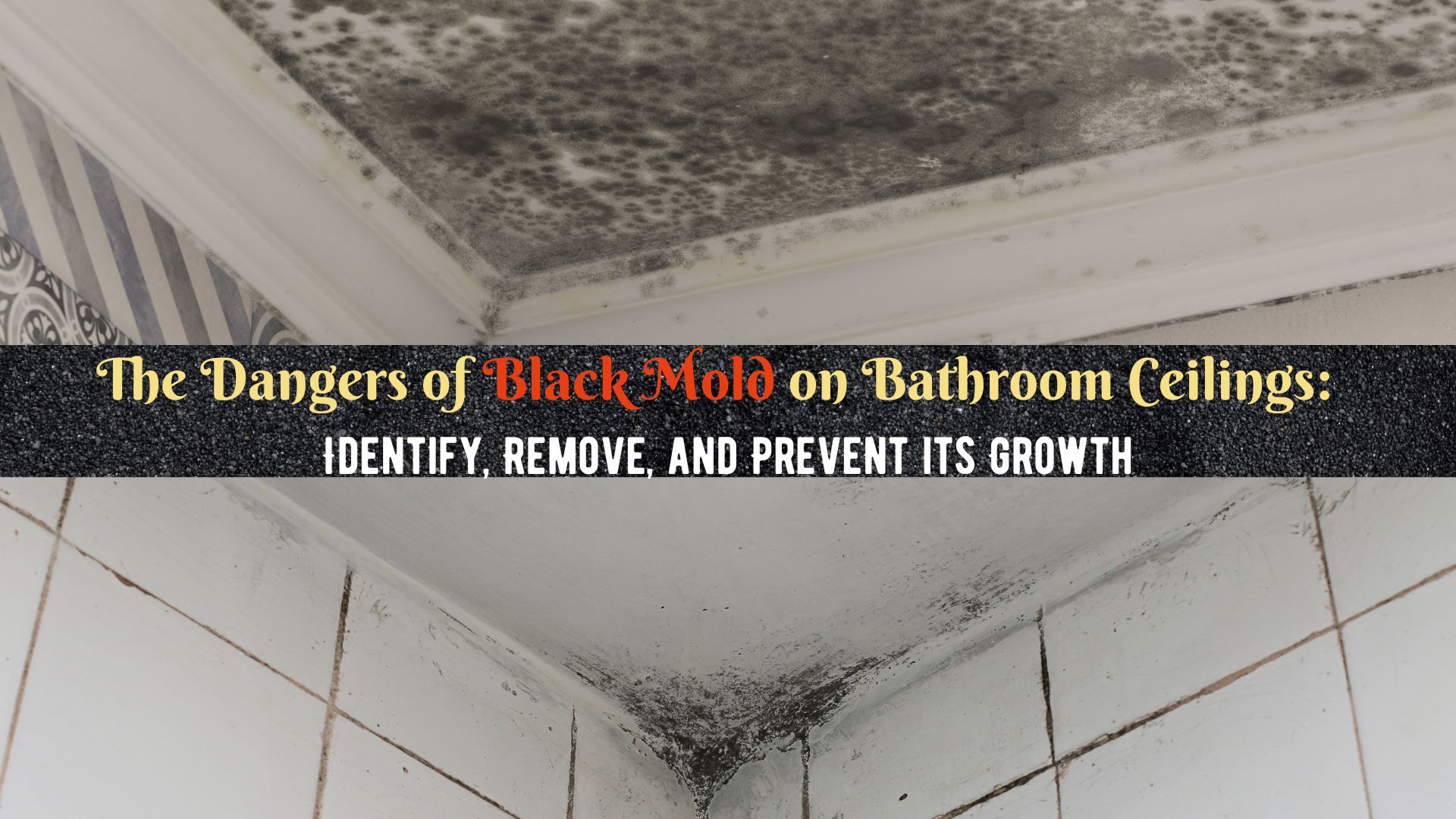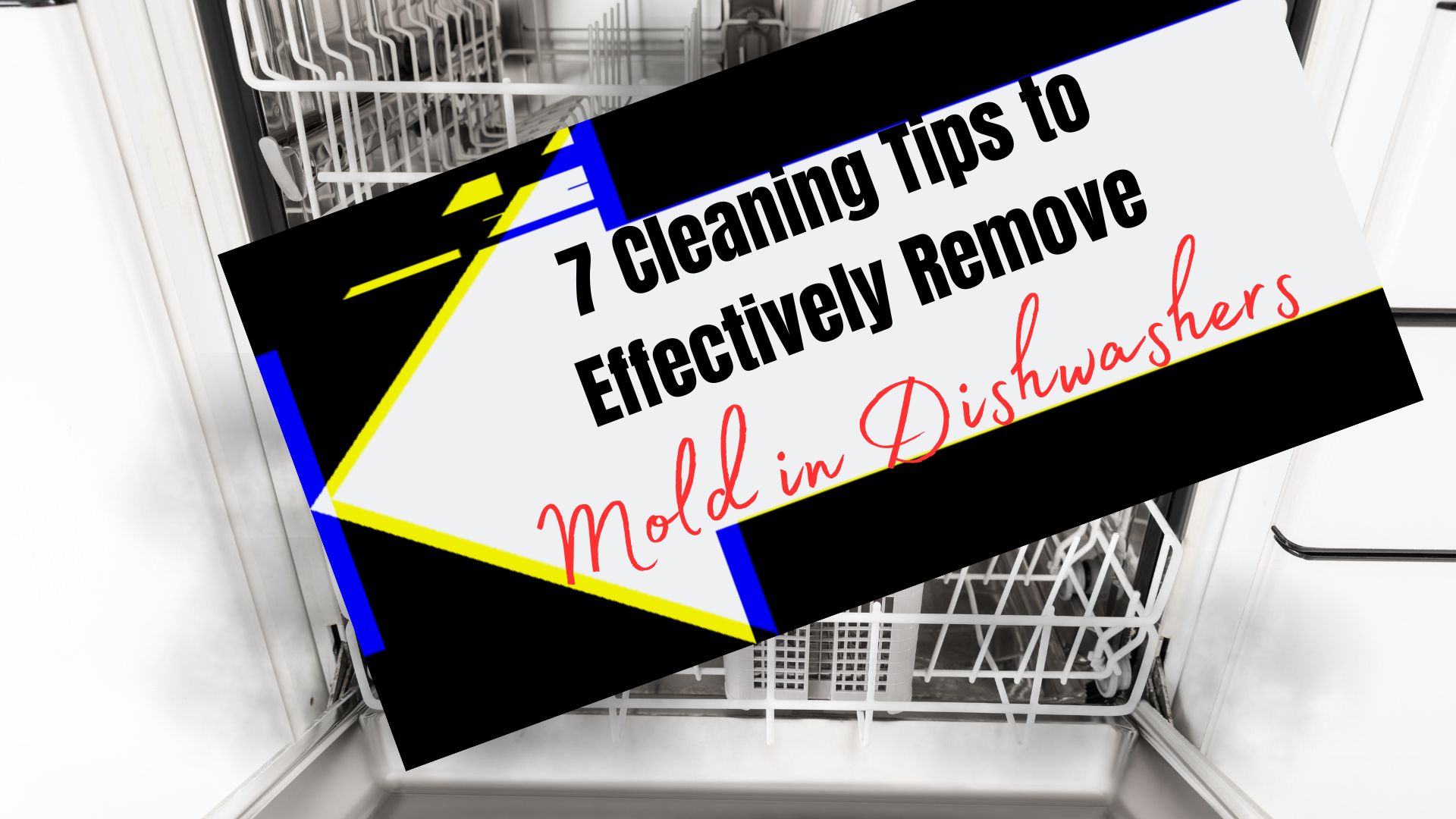
How to Inspect a Fireplace Effectively
It’s the season of the year again that we enjoy the cozy, warm fire from a wood-burning stove or a fireplace in the comfort of your home. But, don’t turn them on yet, because they might be in for some dangerous surprises, especially if you haven’t cleaned them. A fireplace is capable of starting a fire in a home, yet not many people realize the possibilities that it can pose danger. In fall and winter, a fireplace is one of the leading causes of a house fire. One important thing you can do to prevent this home fire is to have your fireplaces inspected and cleaned every year. Follow this guide on how to inspect a fireplace.
Steps on How To Inspect A Fireplace
Learning how to inspect a fireplace is not a difficult task, it is a dirty one. So, before starting your cleaning task, make sure to wear your old clothes and a hat. You may also consider putting on a dust mask or a respiratory and some eye protection like goggles. When you are ready, you can begin your inspection.
- Inspect the fireplace box for loose or crack joints
If you have a masonry fireplace, check the mortar and bricks for any signs of damage. For minor repairs to the joints and cracks of your firebox, you can fix them using refractory cement. This material is specially designed to handle the intense heat conditions inside a fireplace. You can purchase this material from your local fireplace store.
- Fully open the flue damper
The damper should open completely and snugly fitted against the throat. Then, check the metal parts,, and make sure that it is solid, has no cracks, holes, and severe pitting. If the damper is in bad condition, replace it immediately. Take note that replacing a damper requires professional expertise so it is best to a professional.
- Inspect the fireplace flue for signs of damage
Using a high-powered flashlight, inspect the flue for damage. The metal flue liners and joints should be clean and well-aligned. The masonry or tile flue liners should remain solid and have no cracks. If you can see some signs of damage, they should be repaired by a professional.
- Remove any debris from the chimney
Check your chimney and make sure that it is free from leaves, twigs, and other debris. Chimneys are also often a nesting place for birds and squirrels, even after it was not so long ago since you last used it.
- Check the flue from the roof
If you are having difficulty seeing the entire flue from the ground, you may need to consider checking it from the roof. But, if you feel uncomfortable doing it or you haven’t worked on a roof, contact a professional to inspect and clean your chimney.
Creosote Buildup In Your Fireplace
When the wood is burning, it is producing gases, smoke, and water vapor. In most cases, these warm vapors are swept up to the flue and released outside of the chimney. But, when they reach the top part of the chimney and come into contact with the cool air from the outside, they condense and eventually form into creosote.
Creosote is a brown or black material that clings to the inside surfaces of the chimney flue. It has a dry and sticky texture and a flaky or glassy appearance. When this material builds up in a flue, it can be very combustible and may cause a fire. Although the new flue liners are rated to handle up to 1700-degree temperatures, flue fires can reach up to 2,500 degrees. That is why if a flue fails in a fire, the wood framing and even the insulation inside a house can also ignite.
Chimney Fire Damage
Fire damage from a chimney flue can be an extremely dangerous event. A tiny hot spot inside the firebox can smolder for hours even after the fire has been completely extinguished. As it remains hidden inside the chimney, there is a chance that a fire may start and spread throughout the chimney flue, unnoticed. Thus, you must remove the soot, creosote, and other debris from the flue every time you clean or inspect your fireplace.
You can choose to DIY the cleanup process of your fireplace but keep in mind that professional chimney sweeps are more equipped and experienced in this task. They have the proper tools for inspecting a fireplace. Furthermore, they can better recognize the difference between plain soot and creosote build-up.
Professionals Know How to Inspect a Fireplace
Inspecting and cleaning your fireplace before you start using it can help you prevent serious fire and smoke damage to your property. However, accidents can still happen. The formation of creosote within the chimney can lead to fires which can result in dangerous consequences. Unattended smoke or fire damage can lead to serious property damage.
If you notice a fire or smoke damage near your fireplace or in any part of your home, don’t hesitate to contact Water Damage Corona professionals. They are available 24/7 and will respond immediately to emergencies caused by fire, smoke, and soot. Rest assured that your home will be back to its pre-damaged condition.




